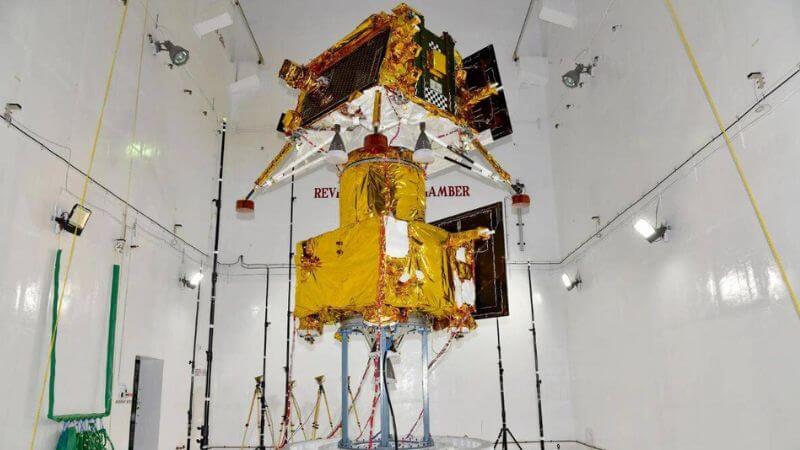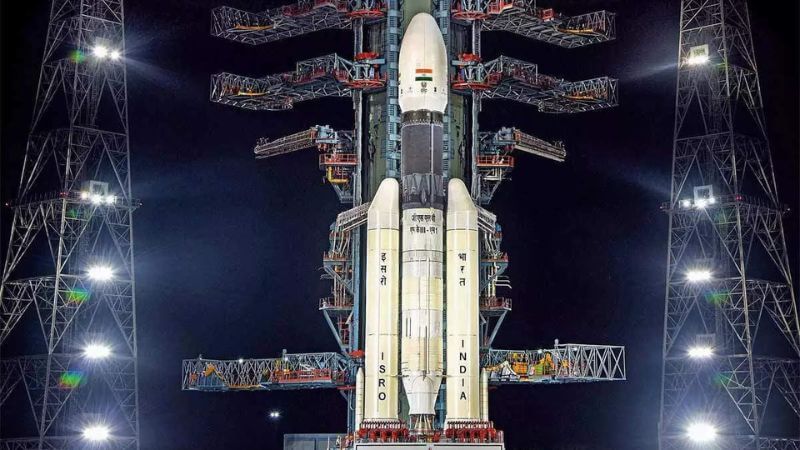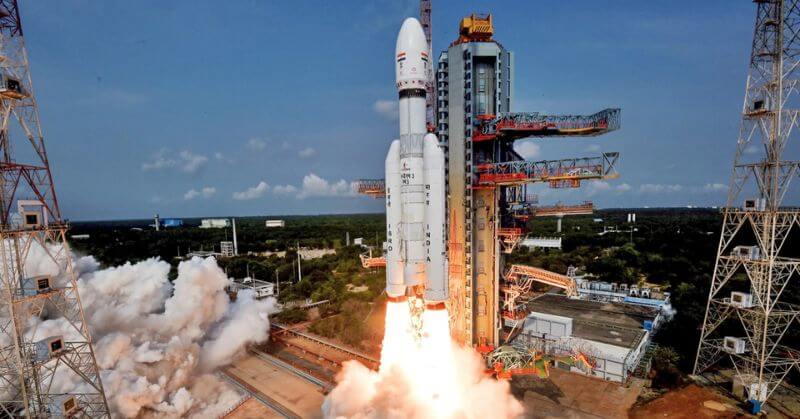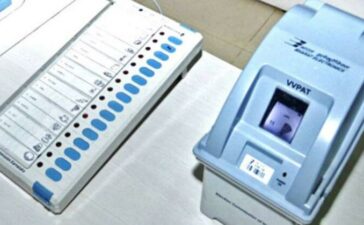The next Chandrayaan-3 lunar expedition, the third edition of ISRO‘s lunar mission, is scheduled to launch between July 12 and 19 of this year, according to S. Somanath, the chairman of the Indian Space Research Organization (ISRO). Mr. Somanath gave these comments to the media during a one-day session for students at St. Xavier’s College in Vaikom. He also stated that the crew is working hard to ensure that the satellite is launched on time.
The chairman said, “The final preparations are going on. It will be completed by the end of this month. At the same time, the rocket, LVM-3, is going to be used for this launch. Its assembly is going on. All parts for its assembly have reached Sriharikota.”
Additional Information

S. Somanath supplied new information about the Chandrayaan-3 lunar mission’s progress. He stated that the rocket assembly is likely to be completed by the end of this month, followed by the integration of Chandrayaan-3 and the rocket. This integration is planned for the last week of June, followed by a testing series.
In addition, he emphasized that a specific launch window is available between July 12 and July 19 and that it is critical to launch within that timeframe. While the mission might be launched later, doing so would result in fuel losses.
However, S. Somanath underlined that the launch would take place only if all of the essential tests were successfully completed. He went on to say that many changes had been made to Chandrayaan-3 to avoid any problems during the next mission. These changes affect the spacecraft’s hardware, construction, computers, software, and sensors.
Extra gasoline has been added, and the landing legs have been strengthened even more. Larger solar panels have been placed to boost energy generation. An additional sensor has also been added. To measure the spacecraft’s speed, a ‘Laser Doppler VelociMeter’ device built the previous year has been added. Furthermore, changes to the algorithm have been made, and new software has been implemented to allow Chandrayaan-3 to land in an alternate place in the event of a failure at the intended landing site, assuring improved contingency preparations.
About Chandrayaan-1 And 2

Chandrayaan-1, India’s first lunar mission, was launched on October 22, 2008. It was an orbiter trip to the Moon to conduct scientific experiments. The detection of water molecules on the lunar surface was one of the mission’s major accomplishments. Before losing touch, Chandrayaan-1 functioned for about ten months.
Chandrayaan-2, which was launched on July 22, 2019, was a more ambitious mission that included an orbiter, the Vikram lander, and the Pragyan rover. The purpose of Chandrayaan-2 was to soft-land the lander and rover on the lunar surface near the unexplored South Pole region. However, communication with the lander was lost during the last phases of descent, and it crashed-landed on the Moon’s surface. Despite the setback, Chandrayaan-2’s orbiter component remains operational and continues to send crucial data and photos.
Both the Chandrayaan-1 and Chandrayaan-2 missions contributed significantly to our understanding of the Moon and boosted India’s space exploration capabilities.
Therefore, Chandrayaan-3 aims to build upon the achievements and experiences gained from the previous Chandrayaan missions.
Follow Us: Facebook | Instagram | Twitter |
Youtube | Pinterest | Google News |
Entertales is on YouTube; click here to subscribe for the latest videos and updates.














